Stephen Talley is a landscape architect in VHB’s Williamsburg, VA, office working on one of the most iconic historical sites in America—Jamestown. On May 4th, 2022, the National Trust for Historic Preservation published their 11 Most Endangered Historic Places in the U.S., which included Historic Jamestown. Six days later a tidal flood produced by an offshore storm more than 100 miles away inundated nearly 70 percent of the 22.5-acre site, rendering the area inaccessible and compromising important archaeological resources. This type of nuisance flooding has become a regular occurrence at Jamestown due to impacts from sea level rise. The property is in critical need of flood adaptation strategies to protect it for the next 50-75 years so archaeological discoveries and the mission of the Jamestown Rediscovery Foundation to uncover, preserve, and share Jamestown’s diverse history and its contributions to the foundations of America can continue. Stephen and his team are working with Preservation Virginia and the Jamestown Rediscovery Foundation to develop a Sitewide Resiliency Plan with future generations in mind. Stephen unpacks the benefits of a Sitewide Resiliency Plan below and how the same ideas can be beneficial to communities at any scale facing similar climate challenges.
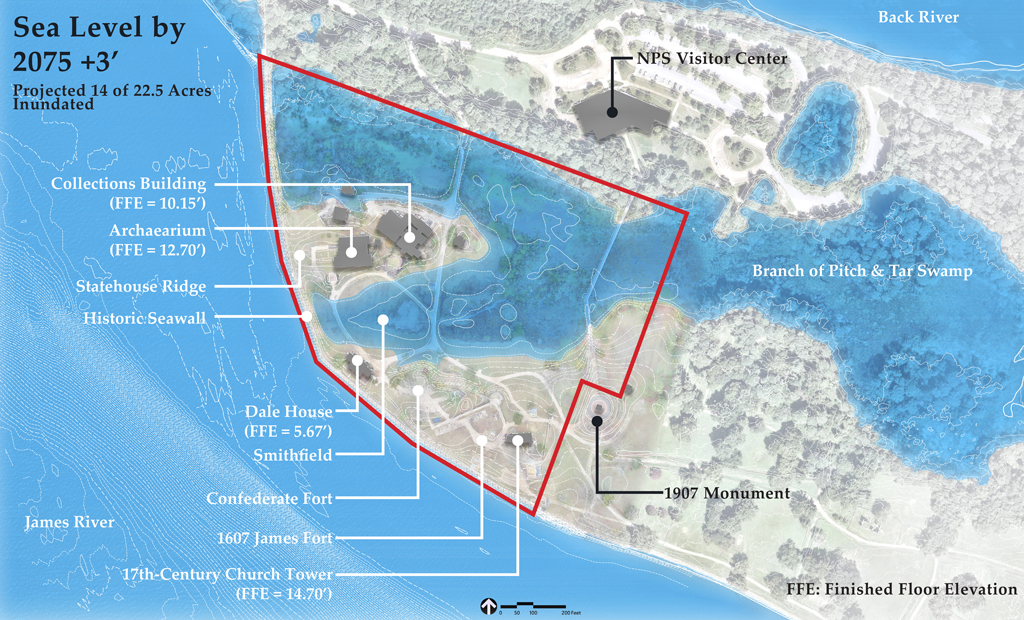
Growing up in Virginia, Historic Jamestown is a place that I have been familiar with for as long as I can remember. In fact, my father did research and found genealogical records that show our family history in America dating back to 1630, when John Talley first arrived at Jamestown with his wife and three sons to begin a life in the New World. Today—392 years later—I am in awe that I get to play such an important role in contributing to prolonging the life of this iconic, monumental location, known as America’s birthplace. Its significance brings hundreds of thousands of visitors each year to explore and learn about the history and landscape where Virginia Powhatan Indians, English colonists, and enslaved Africans lived together beginning with the Virginia Company’s arrival in 1607.
I realize that being ranked on the Most Endangered Historic Places list for 2022 is not something to celebrate, but in just a few short months, this recognition has helped raise awareness about the dire state of this historically significant site—even drawing bipartisan support from Washington, DC,—to generate the visibility needed to raise funds and secure its future. I am working alongside Doug Mettler, a Senior Landscape Architect with a 20-year history of working on design projects at Jamestown; Sara Harrell, a Landscape Designer and PhD candidate whose research is focused on coastal resiliency; and other members of our environmental team in VHB’s Williamsburg office. Together, we’re developing a Sitewide Resiliency Plan for Preservation Virginia’s 22.5-acre property on Jamestown Island.
Preservation Virginia is taking the right approach by thinking well into the future about how sea level rise will impact this historic site for the next 50 years. They are proactively taking actions that will balance future infrastructure improvements with a positive user experience that supports preservation, education, and archaeological investigation.
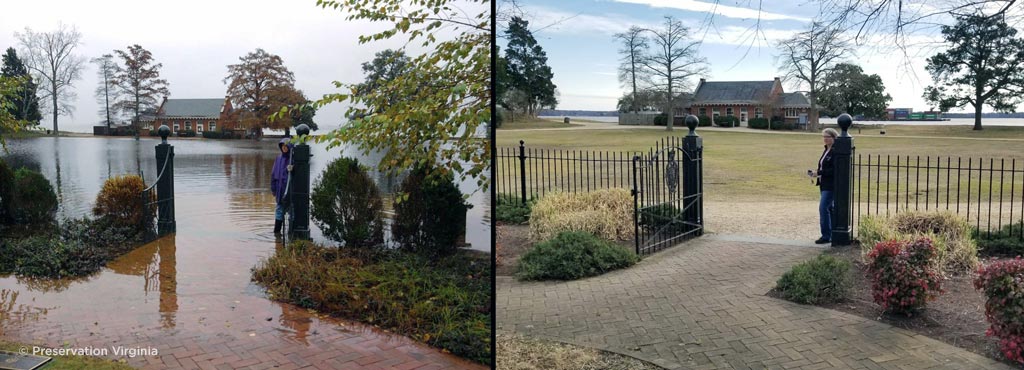
A Future-Focused Solution
The Sitewide Resiliency Plan at Historic Jamestown is a proactive roadmap that documents the challenges, supporting data, goals, and solutions for long-term planning. The document is future-focused, addressing the necessary actions needed to continue archaeology by reducing the impacts to flooding and sea level rise, while balancing infrastructure improvements and the user experience.
A lot of people ask me why as a Landscape Architect I am involved in a project such as this that includes resiliency efforts and infrastructure recommendations. Landscape architects play a valuable role in a project like a Sitewide Resiliency Plan because we provide a holistic perspective of the diverse set of issues facing the site and bring comprehensive thinking to design solutions. Landscape architects are trained to understand and consider varying types of contexts. We take an integrative approach to problem solving, often asking broad questions, looking at external factors, existing conditions, and history to meld them with the client and project’s objectives. At VHB, our culture cultivates integrated thinking so that regardless of what type of service we are providing on a project, we consider how it interacts with its surroundings.
“
Growing up in Virginia, Historic Jamestown is a place that I have been familiar with for as long as I can remember. In fact, my father did research and found genealogical records that show our family history in America dating back to 1630.”
A roadmap for resiliency is a valuable tool at any scale—from homeowner or neighborhood to college campus or major metropolitan area—because it prolongs the legacy and life of a neighborhood, culture, or community. Resiliency is about recognizing the importance of a particular place and implementing strategies to adapt and improve it. A resiliency plan, or roadmap, is focused on the big picture, anticipating challenges and needs before they arise. At Jamestown, we’ve developed a resiliency framework that allows archaeologists to continue the important work they are doing. Each week, new discoveries are made that inform us about the evolution of Jamestown and history of our nation’s origin. Here are three benefits of holistic sitewide resiliency planning:
1. Keeping Stakeholders Aligned
A Sitewide Resiliency Plan serves as an excellent tool for keeping all stakeholders engaged and on the same path as they work to enhance the future. By using a resiliency roadmap as a tool to cultivate discussion, stakeholders have a structure to define their short- and long-term goals together. This framework serves as a strong foundation for identifying and outlining the skills and resources needed to achieve their combined goals. At Jamestown, the goals of continued archaeology, preservation, and education are all integrated into the Resiliency Plan.
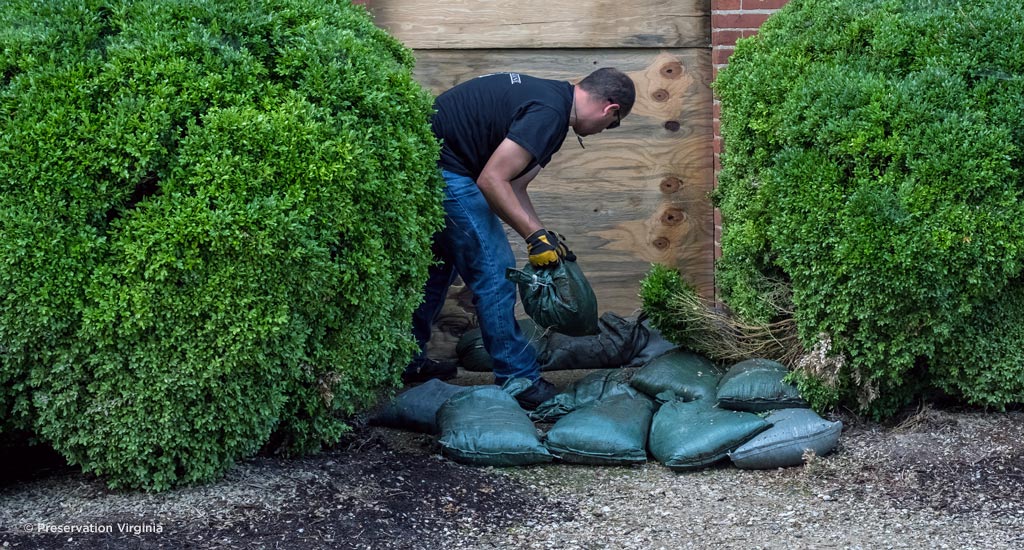
2. Outlining Multiple Future-Focused Strategies
Sitewide Resiliency Plans encompass numerous strategies for resiliency that make communities adaptable to continually changing environmental forces, and that preserve significant landscapes for future generations. Once the project purpose and goals are defined, resiliency strategies aligned with fortification, adaptation, or retreat can be determined that help achieve these goals. This can include a combination of mitigation measures, such as fortifying to reinforce or expand flood protection through shoreline improvements or flood berms; adapting to raise the elevation of buildings, roadways, pathways, and landscape areas; upgrading stormwater infrastructure on and off site; or retreating to allow nature to claim back portions of a once occupied landscape.
Future-focused resiliency is most impactful when multiple strategies work together to help combat the challenges. A great example of this is the City of Norfolk, Virginia, who stepped into action to combat the threat of sea level rise for two historic coastal communities in the Ohio Creek Watershed by implementing multiple resiliency strategies.
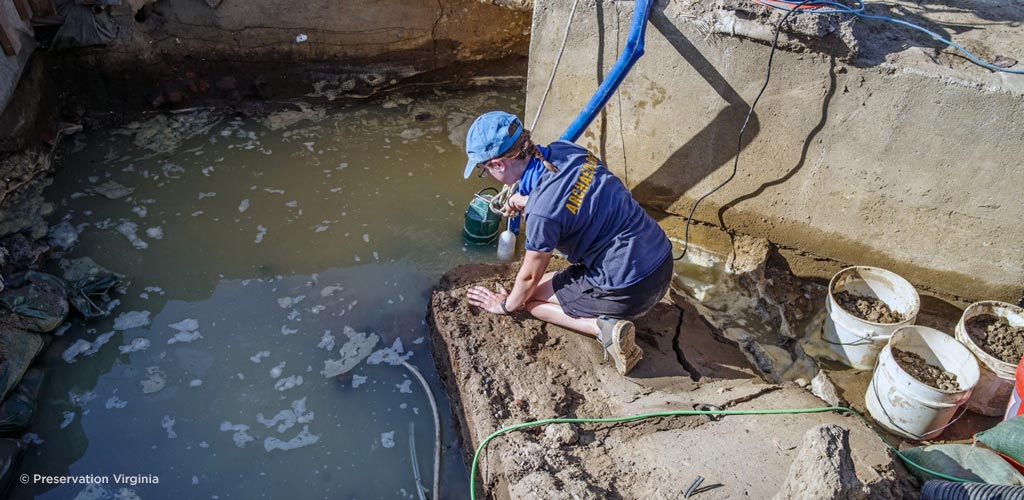
3. Anticipating Funding Needs
By using a Sitewide Resiliency Plan to define specific resiliency strategies, stakeholders now understand what projects need to occur and when. By knowing exactly what needs to be done to be successful, stakeholders can budget accordingly, pursue various grant opportunities that may be available for these project types, and/or use it as a guide to help communicate and raise awareness and funding.
A Promising Future
A flood event at Historic Jamestown can occur at any moment, creating disruption for employees trying to reach their jobs, canceling plans for school groups and tourists wanting to learn more about American history, or disrupting research at archaeological dig sites that reveal more context and clues about life at Jamestown. It’s also an added expense for the organization to pivot and prepare when there is a possibility of a flood event, or if one occurs unexpectantly. A Sitewide Resiliency Plan does more than just focus on mitigating flooding. It also focuses on the user experience and how to enhance and improve it, whether it’s a public open space such as a park or plaza, or a residential neighborhood, like in the Chesterfield Heights Neighborhood in Norfolk. Although the task ahead may seem daunting, having a plan in place helps keep the efforts organized, strategic, and aligned. Smart Resiliency Planning provides a promising future for coastal communities and property owners faced with the challenges of sea level rise and increased flooding and will continue to be a major driver of coastal sustainability in the coming years.
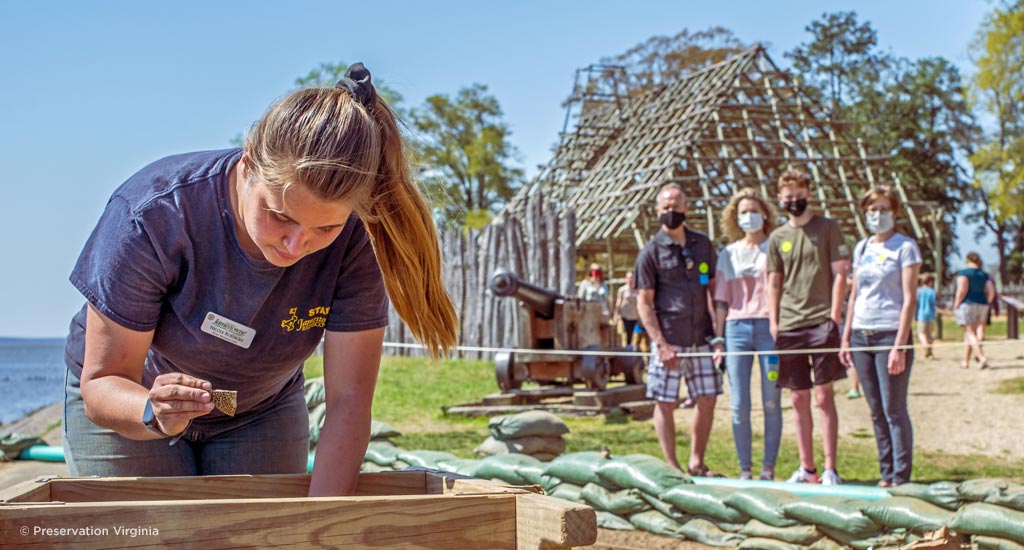
Learn more about the efforts to save Jamestown or reach out to me with questions through email or on LinkedIn.
Interested in receiving relevant industry content to your inbox? Subscribe to VHB’s communications.



